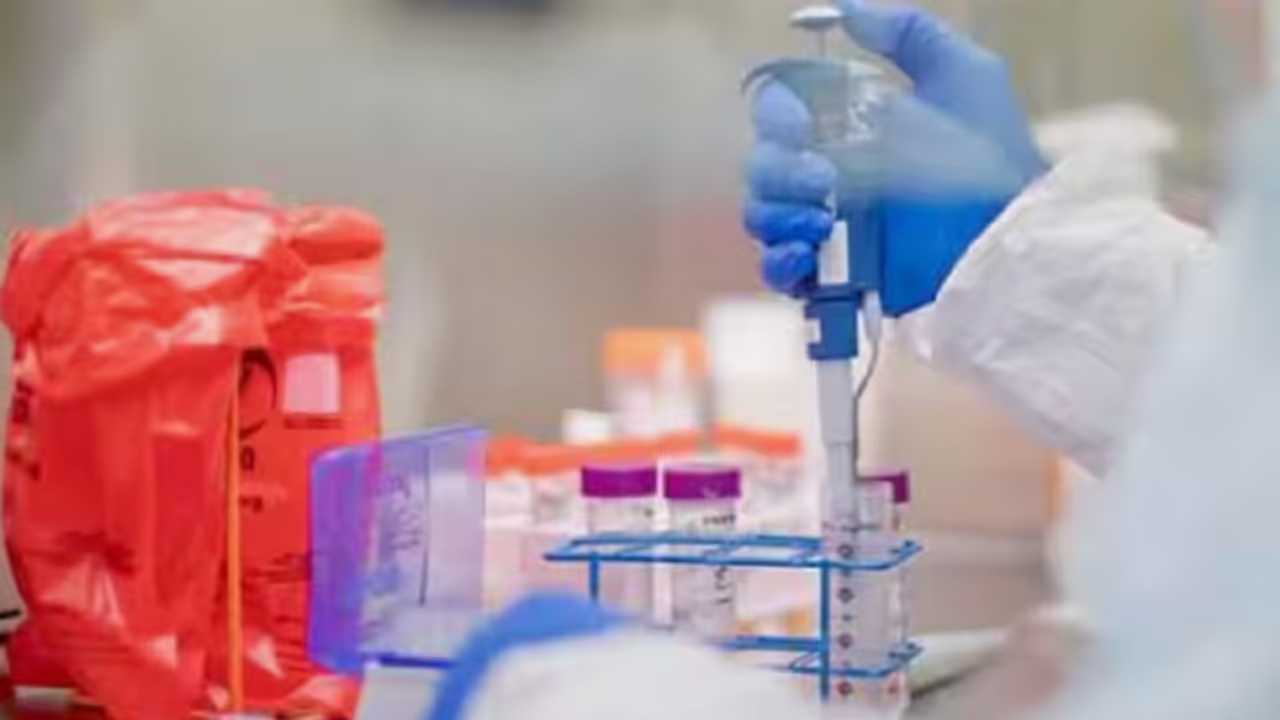Researchers at IISc Bengaluru have developed a simple, low-cost light-based sensor using terbium to detect liver cancer. The sensor identifies β-glucuronidase enzyme levels and offers early, affordable diagnosis in low-resource settings.
Bengaluru: A research team at the Indian Institute of Science (IISc) has developed a simple, light-based method to detect liver cancer by targeting human enzymes with the help of the rare earth metal terbium.

With the growing incidence of diabetes and lifestyle-related diseases, liver cancer cases have been on the rise. Unfortunately, late detection often leads to life-threatening complications. The IISc researchers believe that their simpler and faster detection method could offer a major breakthrough compared to traditional, more complex techniques.
Role of enzymes in liver cancer detection
The enzyme β-glucuronidase, found in all living organisms, plays a crucial role in breaking down glucuronic acid, a type of sugar acid. Elevated levels of this enzyme in the body are often associated with liver cancer and can also indicate other diseases such as breast cancer, colon cancer, and kidney cancer.
The Department of Organic Chemistry at IISc has been conducting research to detect these enzymes using light rays, with terbium enabling the emission of light signals that indicate enzyme presence.
IISc develops light-based sensor to detect liver cancer
To develop the sensor, the IISc team used an organic molecule coated with glucuronic acid, which keeps the molecule in an inactive or "switched off" state. When the enzyme β-glucuronidase is present, it breaks down this coating, releasing the active molecule. Upon exposure to UV light, the molecule absorbs the energy and transfers it to the nearby terbium metal, producing a strong green glow.
How does the terbium-based detection method work?
The researchers embedded this glowing gel onto small paper discs, creating a simple, easy-to-use sensor. When these discs are exposed to samples containing β-glucuronidase, they emit a brighter green glow under UV light. Unlike expensive diagnostic tools, this sensor can be read using a basic UV lamp and free software like ‘ImageJ’, making it especially suitable for low-resource settings.
Impressively, the sensor can detect enzyme levels as low as 185 nanograms per millilitre, which is well below the threshold typically seen in serious liver disease cases.
A decade-long research effort shows promise
The IISc research team has spent over a decade on this project. With the number of liver cancer fatalities increasing each year, their innovation could mark a turning point in early disease diagnosis.
Researcher Ananya Biswas noted that further clinical trials are necessary but emphasised the method’s potential to significantly reduce the cost and complexity of cancer detection.


